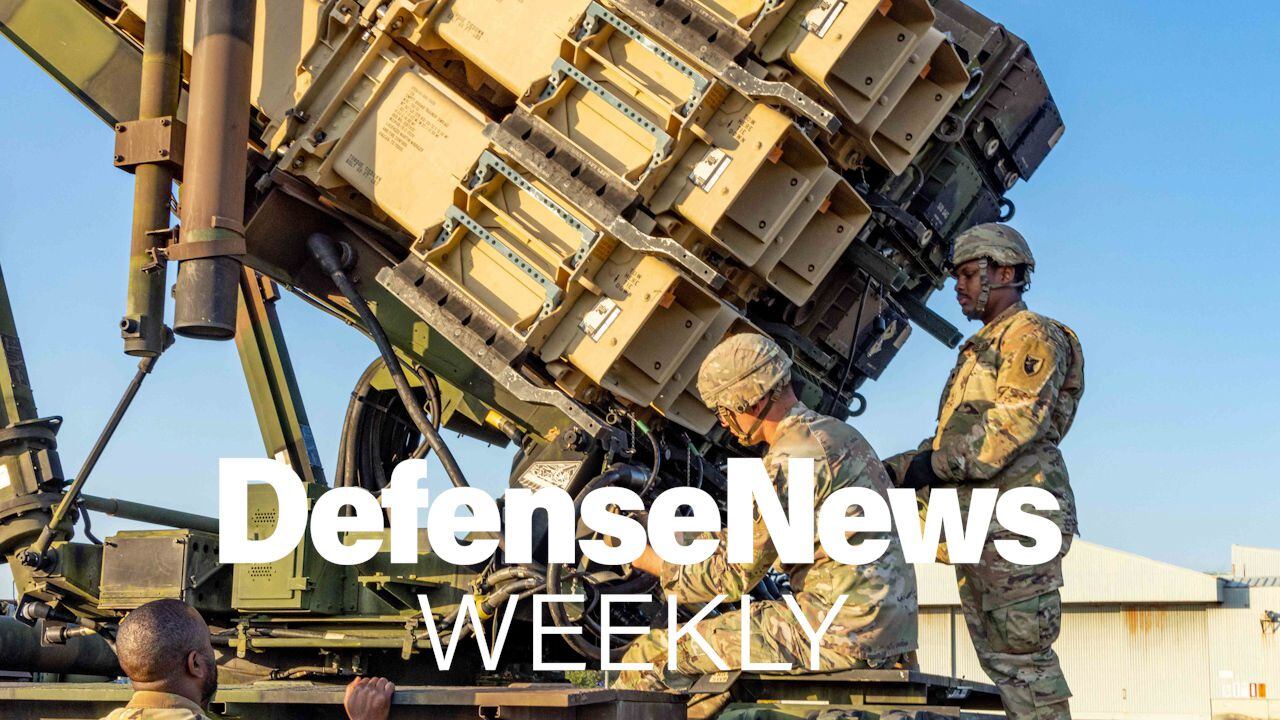LONDON – The imminent availability of a new rapidly deployable communications system will boost NATO efforts to be able to rapidly field very high readiness forces, say executives responsible for delivering the equipment to the alliance.
Airbus Defence and Space UK's strategic business manager, Steve Whitby, said the company has delivered all three deployable communication and information systems (DCIS) contracted for by NATO, and following successful trials on an exercise in Poland earlier this year, is awaiting the "imminent final acceptance" of the equipment.
"DCIS would fit perfectly as the deployable headquarters to support any rapid deployment force, in the same way that it is designed to be operated by the current NATO Response Force [NRF]," Whitby said.
With the turmoil on NATO's eastern border continuing to unfold despite a supposed cease-fire in the Ukraine, the foreign ministers from the 28 member nations met in Brussels Dec. 2 to discuss developments in the alliance since their September summit in Wales.
Among the agenda items was progress on implementation of a readiness action plan, which envisages fielding a "spearhead" force of about 4,000 troops within days of an emerging threat posed by Russia or elsewhere.
The DCIS system was contracted for five years ago by NATO and appears to fit a military requirement for very high readiness forces dreamed up just months ago.
In a statement issued Dec. 2, NATO said it expects to have an interim very high readiness joint task force available early next year with forces predominantly from Germany, Norway and the Netherlands.
US Ambassador to NATO Douglas Lute told reporters ahead of the Brussels meeting that the interim force will serve as a test bed for the larger spearhead unit set to follow in 2016.
One of the capabilities those forces may test is the NRF DCIS.
Results from a trial conducted with Polish forces last March, but which have only recently been made available, demonstrated the system's ability to deploy at high speed, Whitby said.
"The task was to be fully operational in 72 hours. In the event the system achieved that goal in just 12 hours," he said.
"The operational live trial did not have a full complement of users as it proved the capability of NATO to deploy the system, not involving the users, only the [alliance] signal battalion," he said.
The DCIS system, also known as IFB1, will provide command-and-control capabilities to deployed headquarters with reach-back to strategic networks in Brussels and elsewhere, primarily through satellite communications.
The equipment is being supplied to two NATO signals battalions, each of which supports up to 126 active users, and a third system is being held at battalion headquarters for trials, training, scenario planning and other roles.
Whitby described the DCIS as being configurable for between six and 500 users, and can be transported by any flatbed truck.
It wasn't always that way. When NATO first contracted for the DCIS, the brief was to update the cumbersome static C2 equipment used by the alliance as well as come up with a system operated out of a shelter mounted on a truck or a container-mounted system.
Under influence from the end user that changed early in the process and Airbus devised the more flexible and deployable system centered around a tent or building of opportunity.
Whitby said the DCIS has other benefits compared with earlier systems.
"It's very easy to use and you don't need to go on a six-month training course just to be able to switch the thing on ... if you can use a laptop with Microsoft in the office you can use this out on deployment," said the Airbus executive.
The revision of requirements saw contract costs rise some £10 million (US $15.7 million) to £50 million. Airbus is also in the final stage of negotiating a support contract
Whitby said no further NATO orders were contracted for at this stage.
However, a second phase to the equipment program to produce a solution with just a handful of systems for missions like peacekeeping, known as IFB2, has been stalled for 18 months.
A NATO official declined to give any timelines for implementation of an IFB2 competition but confirmed alliance nations are considering how to meet the technical requirements of the project. "It's complex technical venture," he said.
With deliveries to NATO complete for the time being, Airbus is seeking export market for its tactical IP system in military and civilian markets for disaster management and humanitarian relief .
Eastern European members of NATO are one military target. Whitby said there also had been discussions with countries such as Botswana and Azerbaijan. The UN was another possible customer, he said. ■
Julian Hale in Brussels contributed to this report.
Andrew Chuter is the United Kingdom correspondent for Defense News.








